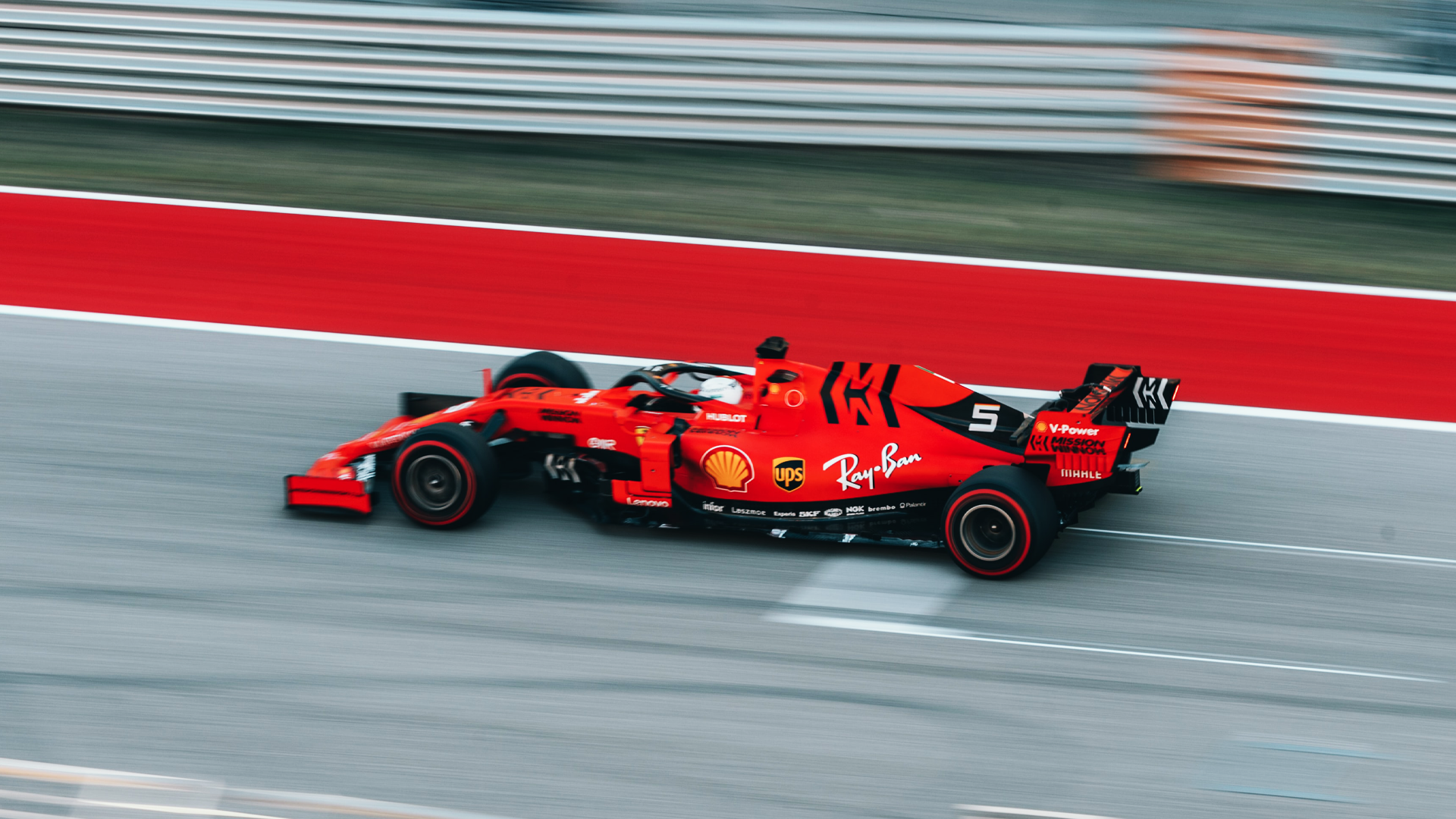Many around the world love the thrill that comes with Formula 1. However, its environmental impact should keep you on the edge of your seat as much as any racing.
With a rich history dating back to the 1950s, Formula 1 (F1) is one of the world’s most prestigious motorsports.
Typically held over a period of nine months, there are 24 races taking place worldwide in this year’s 2023 season. Each race has 10 teams with two drivers racing to obtain the Driver’s World Championship and the Constructor’s World Championship.
For many, Formula 1 is a sport that combines elements of athleticism, engineering, and strategy, making it a unique and compelling viewing experience.
Fans can also become attached to individual drivers and teams, following their progress throughout the season and rooting for them to win races and championships. However, glitz and glory aside, the environmental repercussions of the sport are often overlooked.
Last year, four-time world champion Sebastian Vettel mentioned that climate change made him question his job.
‘When I get out of the car, of course, I’m thinking – is this something that we should do, travel the world, wasting resources?’ he mentioned in an interview.
Later that year he retired from the sport citing personal commitments and personal interests that included climate change. In fact, the sport is known for its high energy consumption, large carbon footprint, and significant emissions of greenhouse gases.
To promote sustainability, F1 has introduced a green initiative that aims to reduce the environmental impact of the sport by promoting sustainable practices, such as reducing energy consumption, using renewable energy sources, and promoting energy-efficient technologies.
The sport is aiming to reach net zero by 2030. So, what are the main contributing factors to climate change in this sport and what are the solutions?
F1 cars are powered by internal combustion engines, which contribute to greenhouse gas emissions when fuel is burned. Each car uses up to 110kg of fuel per race and the current fuel used, ‘E10’ constitutes 90% fossil fuels and 10% ethanol.
For an entire season of racing, annually, an estimated 256,000 CO2 equivalent tons are generated.
To address this issue, F1 has implemented a number of sustainability initiatives in recent years, including the use of hybrid power units that recover and reuse energy from braking and exhaust gases, the introduction of biofuels to replace some of the fossil fuels used in the cars, and the promotion of carbon offsetting schemes.
Energy consumption at F1 events is a significant concern due to the sport’s high energy demands.
In addition to the energy required to power the cars, F1 events also require a lot of energy for lighting, heating, cooling, and other infrastructure. F1 has implemented energy management plans at its events, which aim to reduce the amount of energy consumed by the various infrastructure and operational requirements.
The LED lighting systems use less energy than traditional lighting systems and have installed solar panels and other renewable energy sources at some circuits to generate clean energy.
Aside from this, F1 teams have also taken steps to reduce their energy consumption. Many teams have implemented energy-efficient technologies in their factories and have committed to reducing their carbon footprint by using sustainable materials and reducing energy consumption.




















